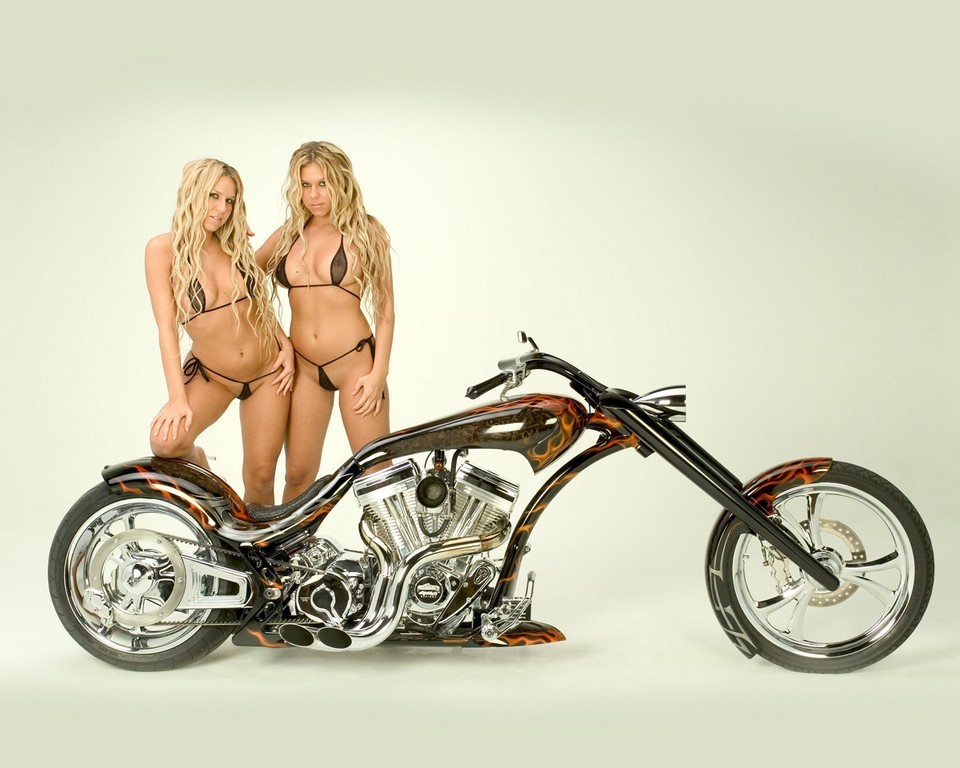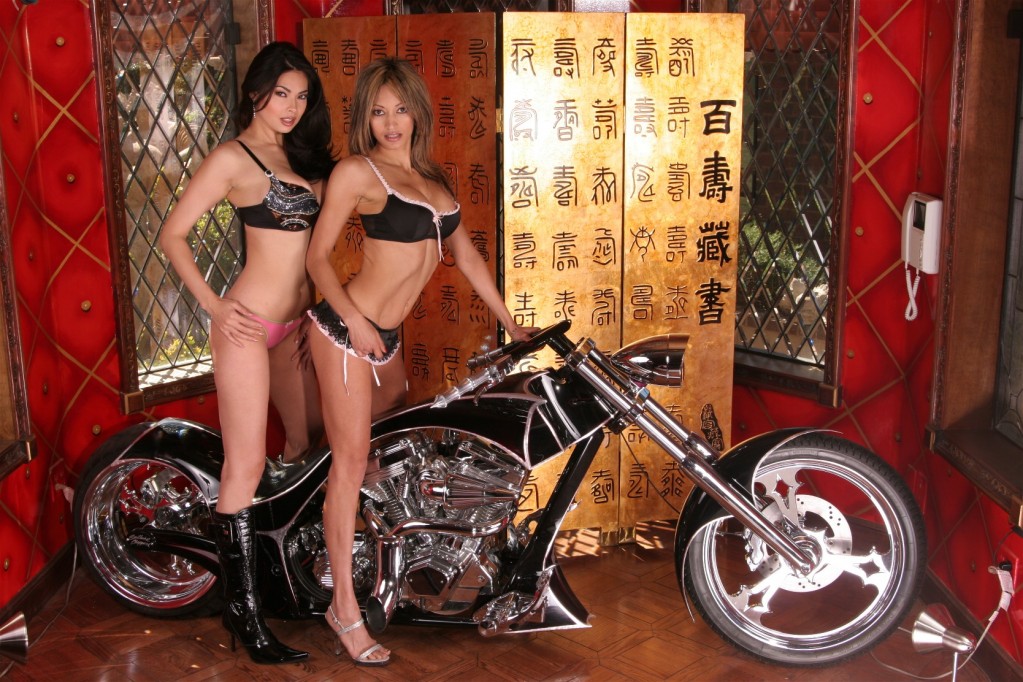2009 Yamaha FJR1300 Pictures and Informition

2009 Yamaha FJR1300A
MSRP: $14,499 (ABS Standard)
Horsepower: 123.2 hp @ 7900 rpm
Torque: 87.2 lb-ft @ 6800 rpm
Weight: 664 lbs Range: 262 miles
In 2009, handling remains the FJR’s forte and the area where it overtook the Kawasaki for a slim second-place result. With a 26-degree rake and 60.8-inch wheelbase the Yamaha turns quick, though the same is said of the Sprint and BMW. However, the Yamaha delivers unmatched confidence once on its side, tracking through a line with remarkable stability.
Ensuring riders can further refine the front end feel, the 43mm Soqi fork offers the most adjustment of any in our test, with preload, compression and rebound settings (along with convenient knob adjusters like the Kawasaki). The rear shock provides rebound too, a two-position lever making quick preload settings for soft and hard.
Based off riding impressions alone, the Yamaha curb weight of 664 lbs seems improbable. While it’s nowhere near the lightweight Triumph, portly is the last description we would affix to the Yamaha. Somehow it manages to feel both narrow and light – certainly far lighter than the 20-lb difference measured on our scales when compared with the Kawasaki. A closer inspection of the weight chart reveals another surprise, with the 331.5 front end weight the heaviest of the test – nine pounds heavier than the Kawasaki and contradiction of how it feels. On the other hand, the Yamaha’s 331.5 front/332.5 rear is the most balanced weight distribution of the bikes. What role that plays in the Yamaha’s stability and sure-footed feel, we can’t say, except that all riders agreed the Yamaha does parlay supreme confidence from the road.
As mentioned prior, all the four-cylinder bikes exhibit strong brakes and the Yamaha’s dual four-piston Nissin/320mm disc fronts and single two-piston/282mm disc rear are no exception. ABS now comes standard on the FJR along with its Unified Braking System – a linked configuration that activates six of the eight front pistons when squeezing the front

The Yamaha FJR places second due, in part, to its motor not delivering quite the same performance as its rivals.
Pull an average rider off the street, stick him on the Yamaha and they’d rave about the spectacular 1298cc DOHC 16-valve Inline Four. Keeping company with the Kawasaki and new Beemer, however, the FJR mill feels more plain – if it’s possible for 123 horsepower and 87 lb-ft of torque at the rear wheel to feel plain. Yet while the Yamaha gives up peak numbers and feels less spry at the controls, it still sports a pleasing on-road performance.
The Yamaha’s power builds down low with a smooth delivery. However, get the tach wound up to about 6 grand, rip on the throttle and the word “plain” blurs right out of mind, along with the roadside scenery. One consistent gripe with the Yamaha’s engine was buzziness around 4K, but as a complete package the Yamaha’s motor feels manageable without being too vanilla.

The Yamaha can go the distance with the longest range of any mount in our S-T test fleet at 262 miles with its 6.6 gallon tank.
The Yamaha’s 262-mile range bolsters its touring credentials, the top range of our testing field yielded from an observed 40 mpg efficiency and the largest fuel tank at 6.6 gallons. The upright riding position feels natural, with the seat plush without being too spongy, and both the handlebar and seat are adjustable - the seat height ranging from 31.69 to 32.48 inches.
In wind protection, the Yamaha’s adjustable screen rates second to only the BMW. And while some pointed out that unlike the Kawi and BMW it returns back to the lowest position after restarting the bike, come on folks it takes two seconds and your left thumb to dial it in with the left handlebar switch.
Instrumentation includes a left-side tach, with speedo placed directly in the center. A right side LCD displays electronic fuel and temperature gauges, dual trips, a clock and other information accessed by a button mounted in the display area. Notably the Yamaha reads ambient air temperature, with the BMW the only other ride to offer such information. Some found the Yamaha instruments top-line, others less impressed, and riders did complain about the mirrors shaking at high rpm.
The FJR’s no-nonsense bags looked easy to operate, however, we found one bag a cantankerous opener, actually bending our key. They also weren’t quite big enough to accommodate a colleague’s laptop. More patient riders may find better results as our bent key never quite worked the same afterward…

Only $200 more than the ABS-equipped Kawasaki, the Yamaha FJR represents probably the best value, a full $6500 less than the BMW K1300GT.
At $14,499 the FJR is a mere 200 clams more than the Concours, but a whopping $6500 less than the BMW we tested. Our rudimentary math skills compute that to a 45% price premium! The Yamaha is far from 45% less a bike than the BMW, that’s for sure.
That said, in its fourth appearance, we must admit the FJR’s luster shines a little less bright than we remember. But while it loses its place atop the sport-touring pecking order by our latest measure, it’s still one of the best ST mounts on the market. For those who place value over pure performance, the Yamaha remains the ST of choice.











